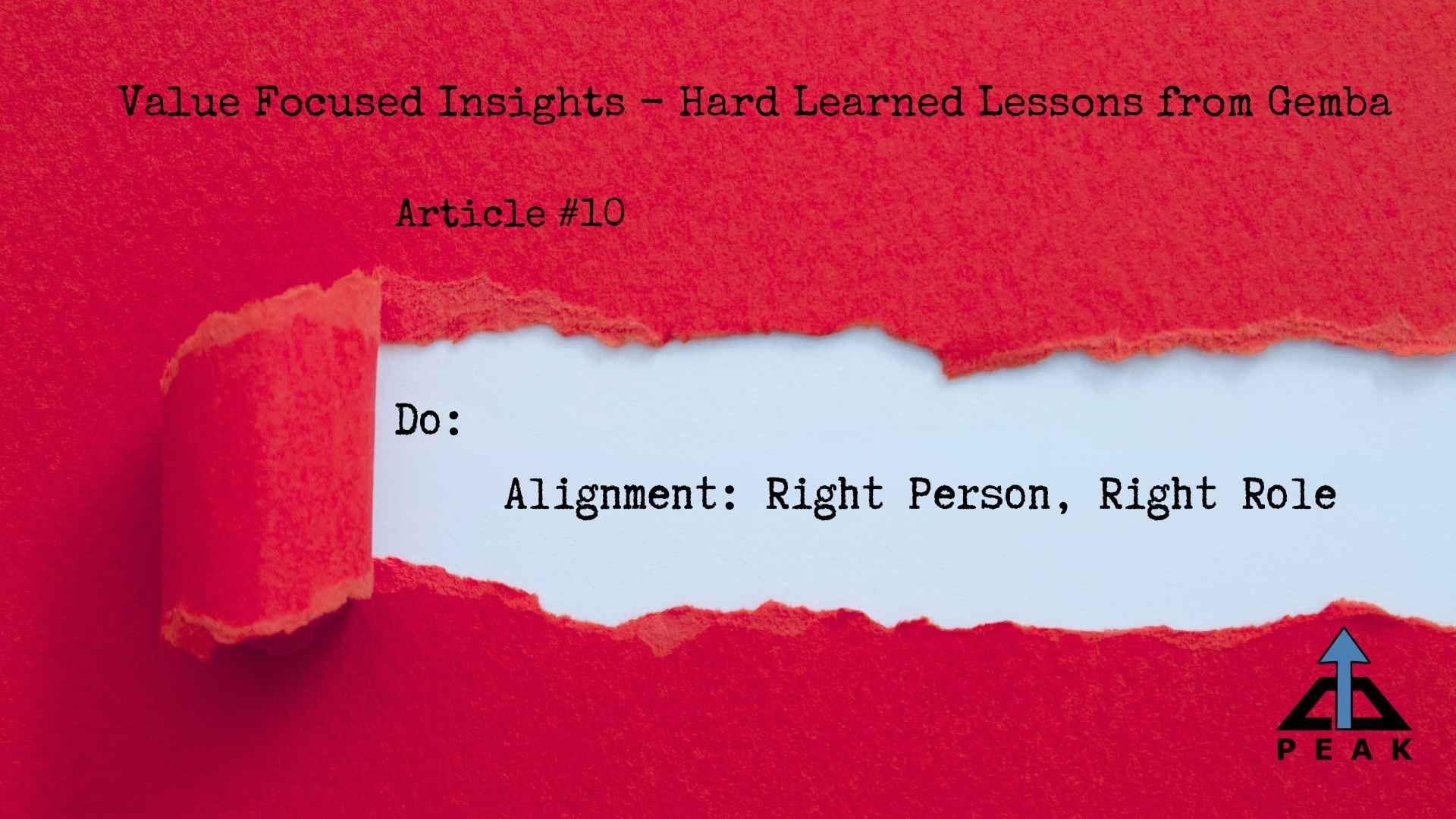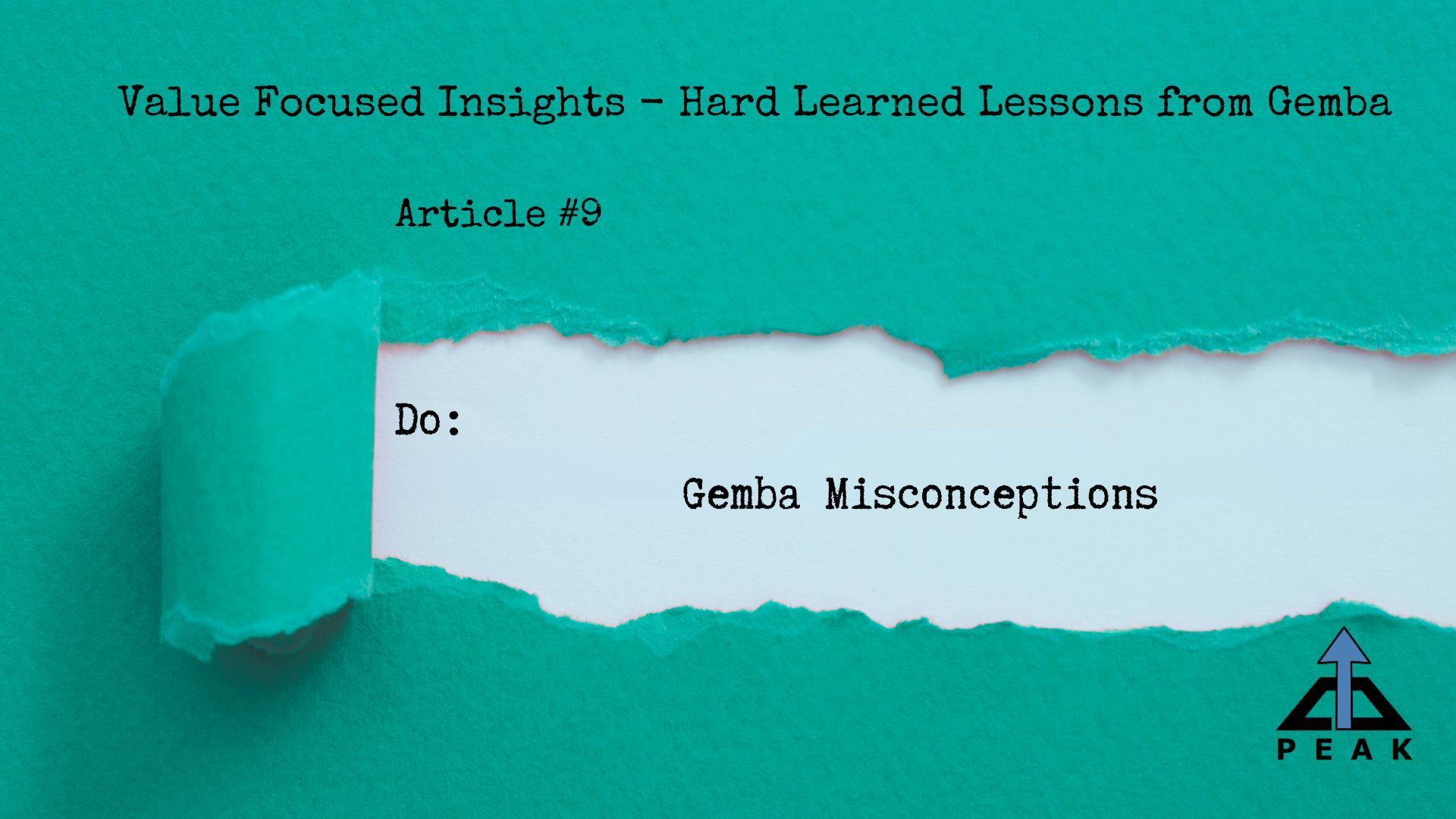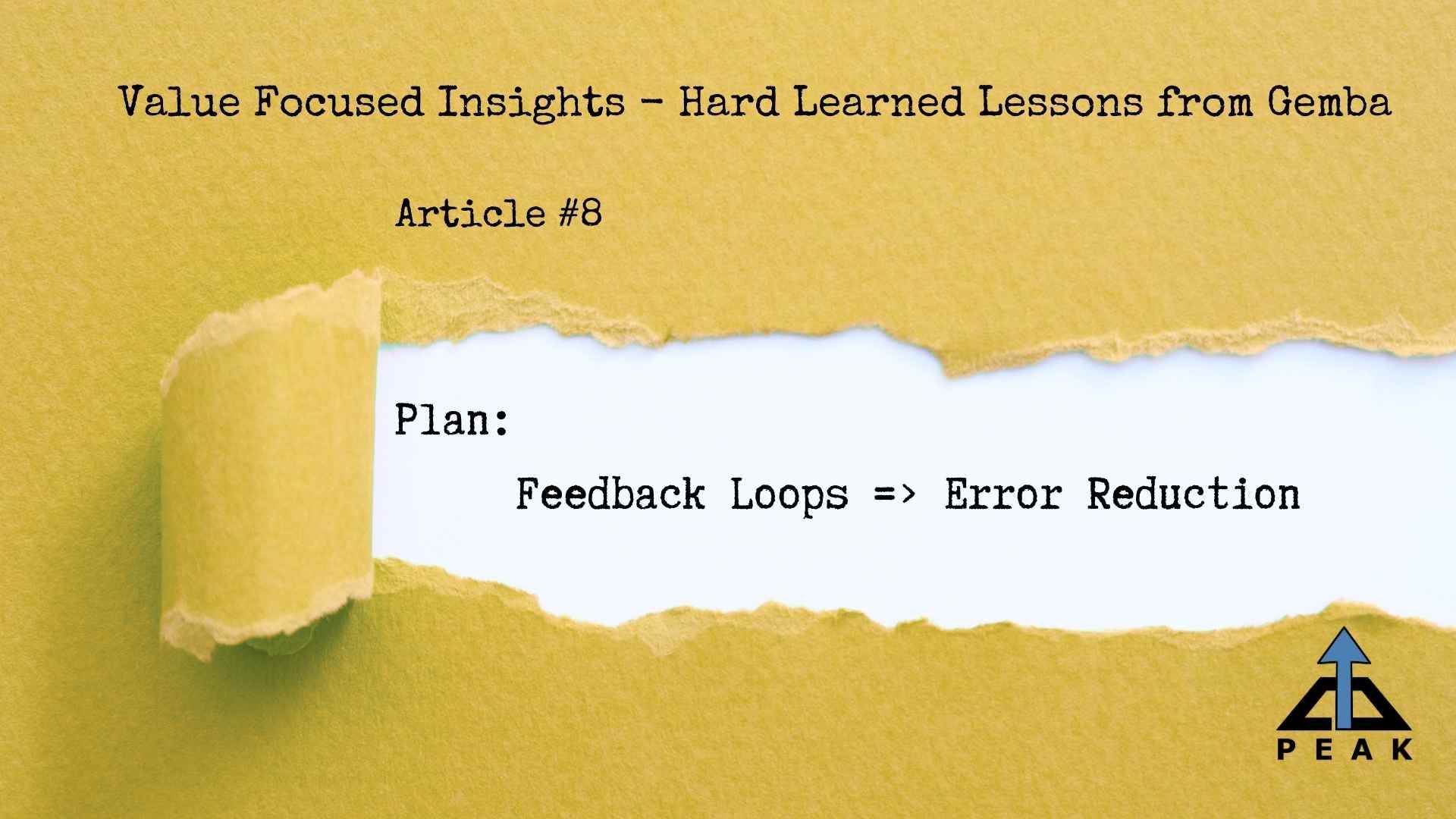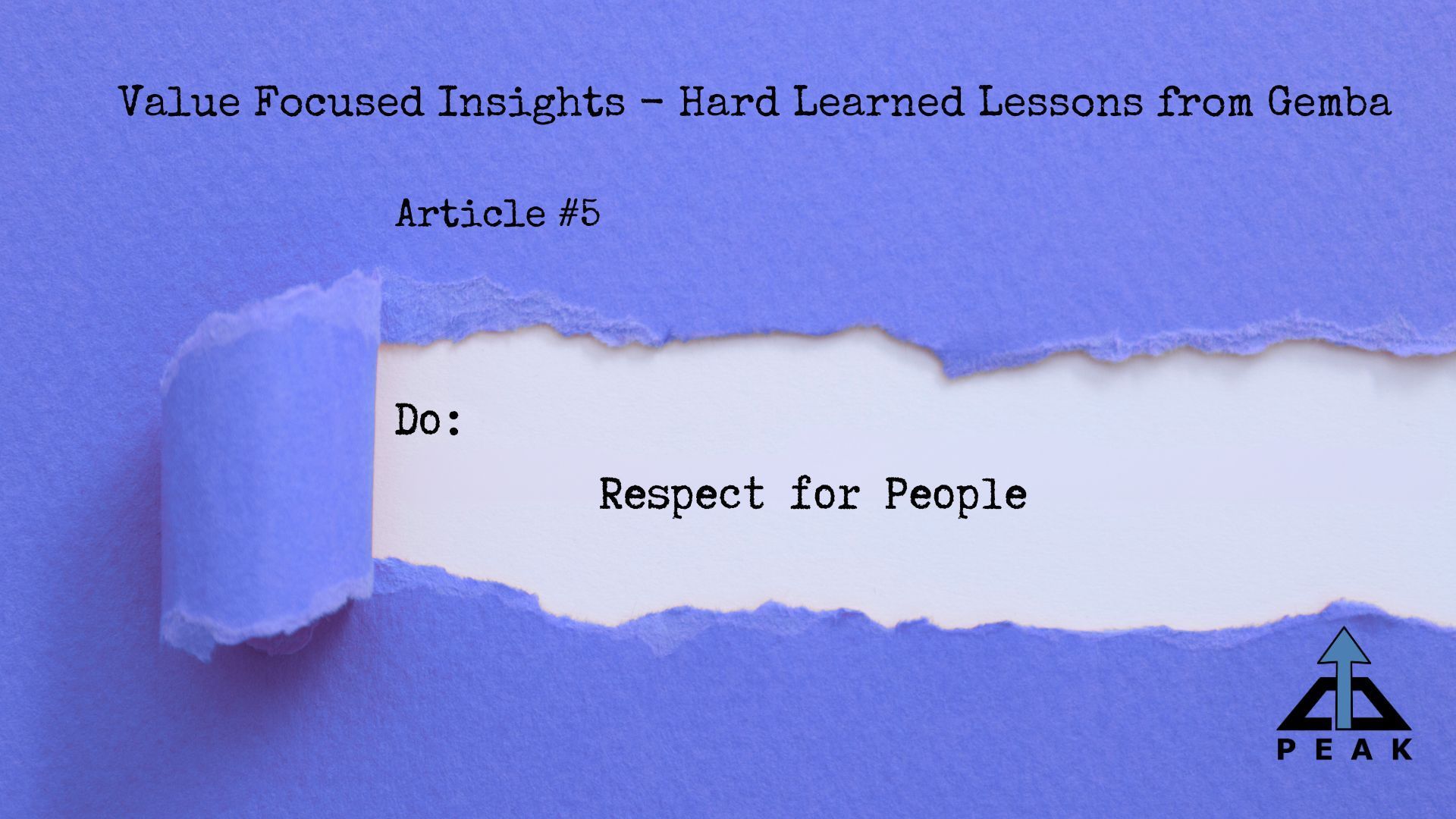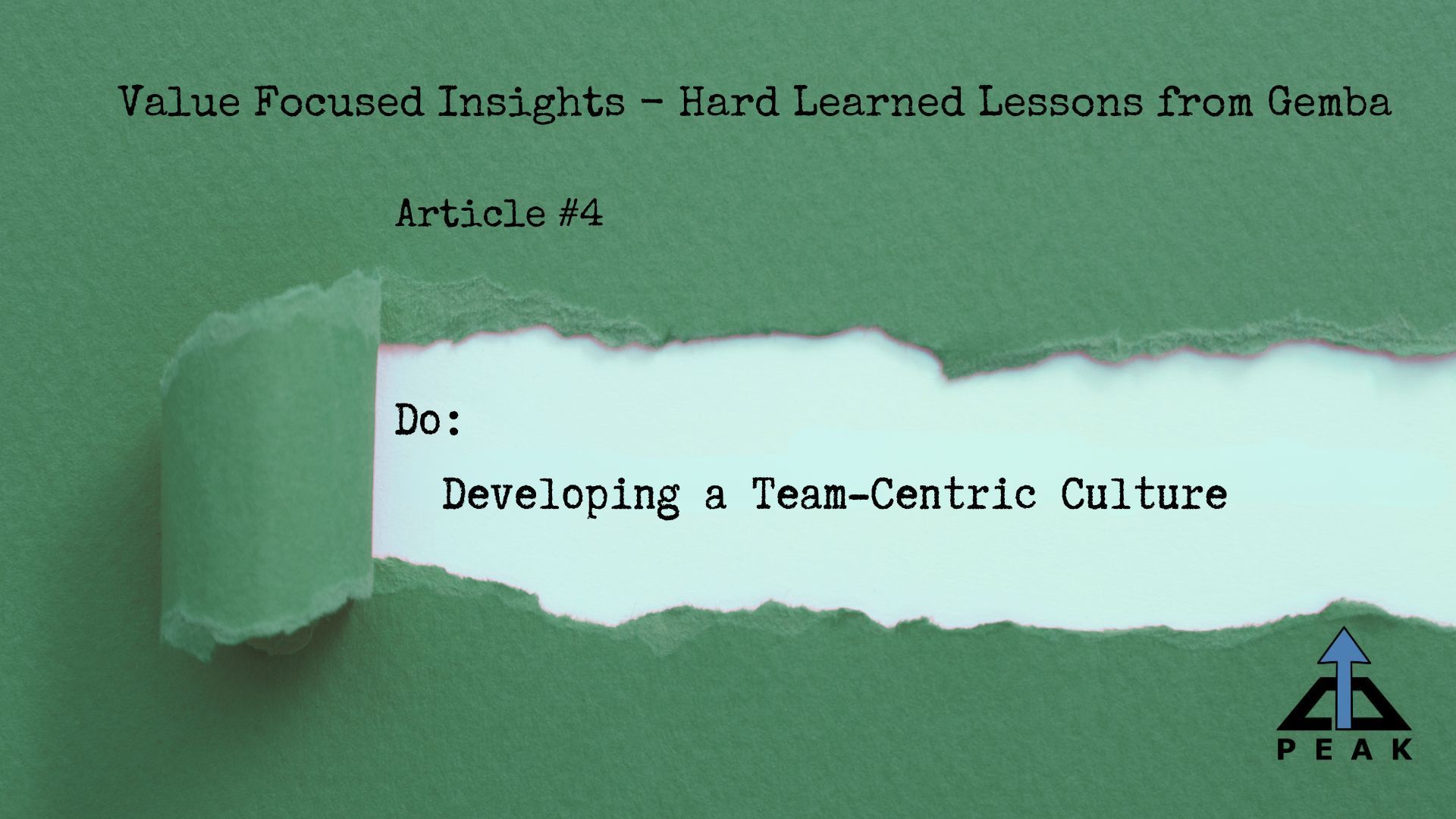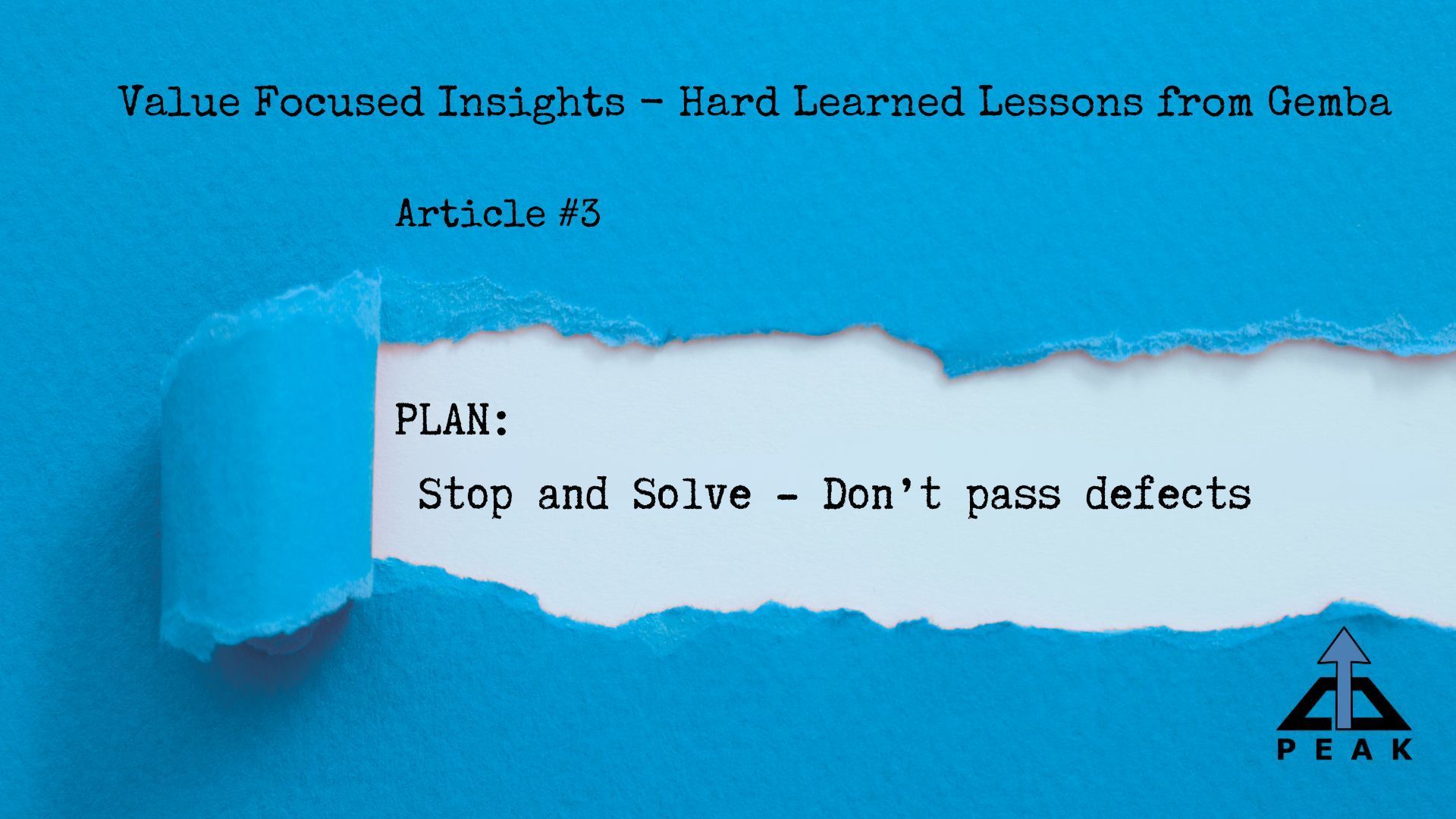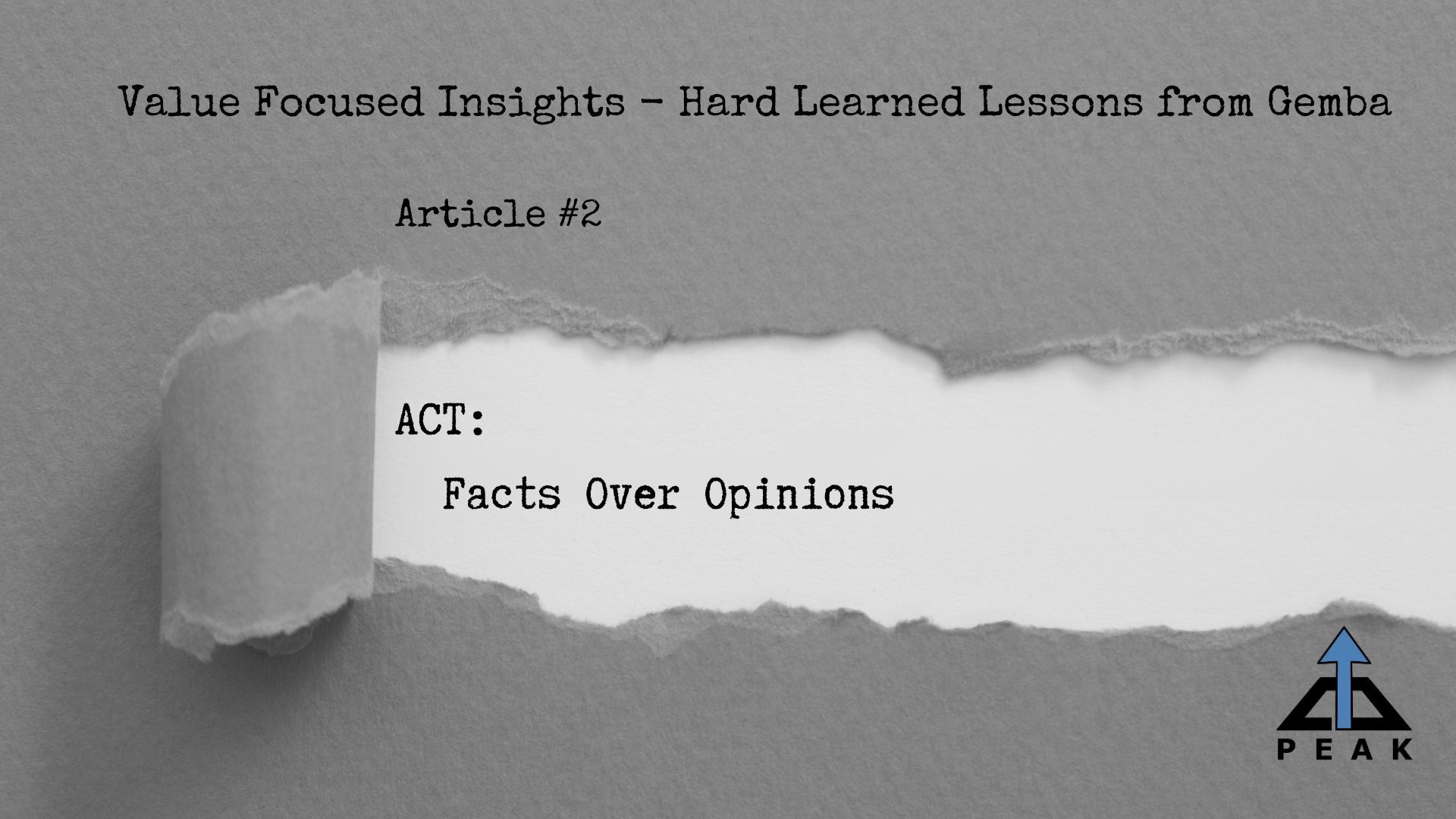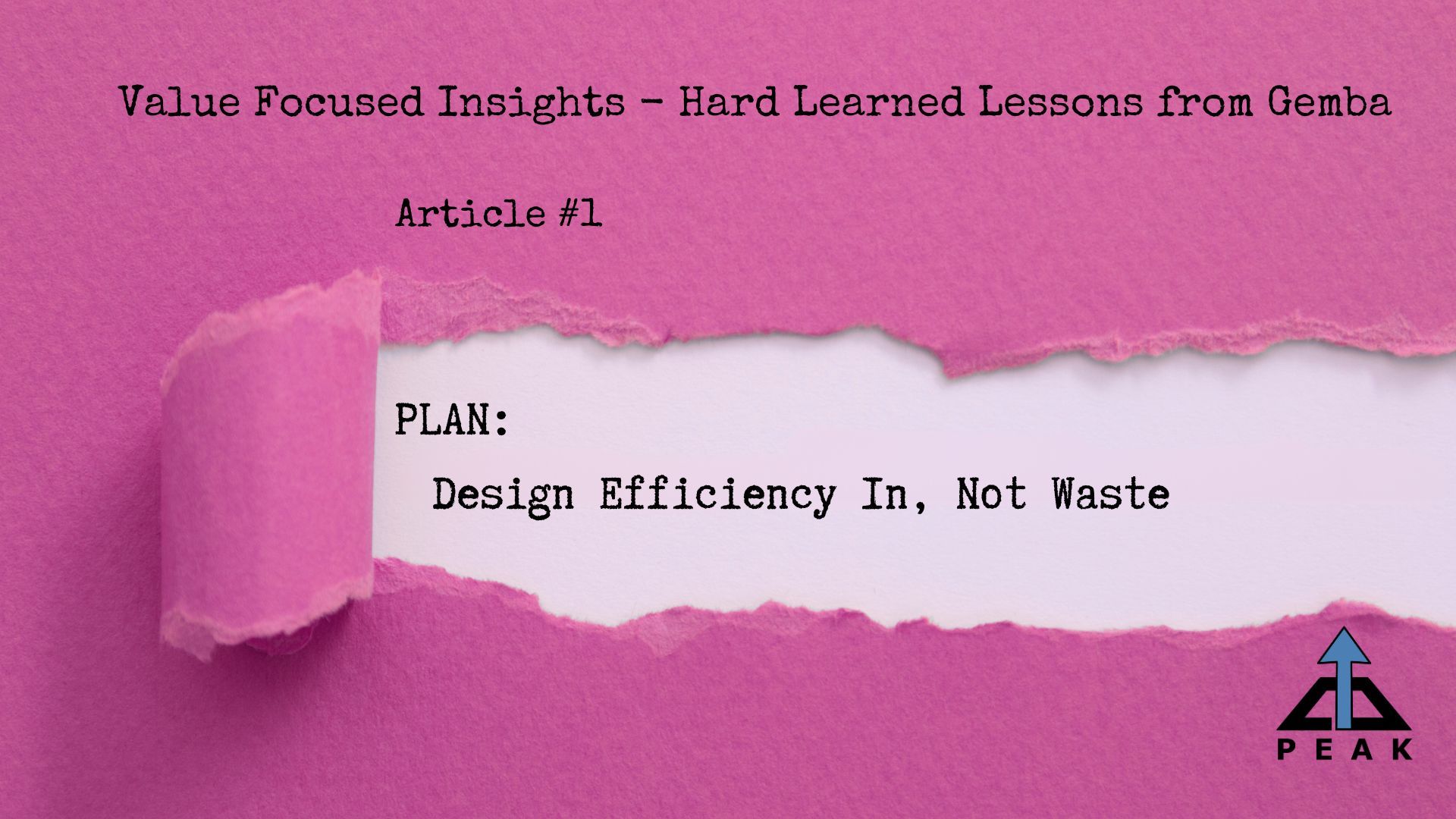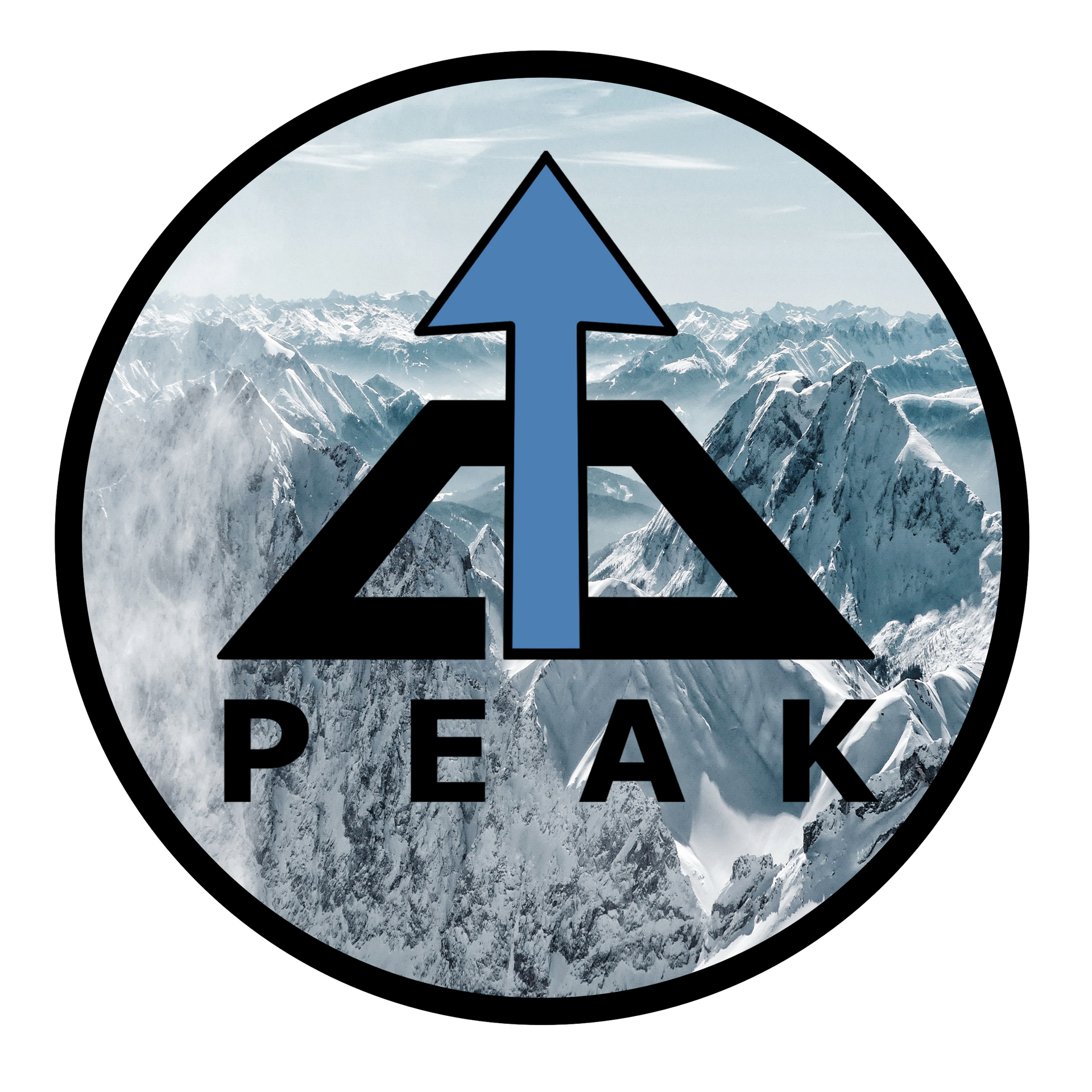4 Ways to Improve Your Ability to See Problems Within Processes
Annah Godwin
Remember to be aware of the 8 wastes - "DOWNTIME"
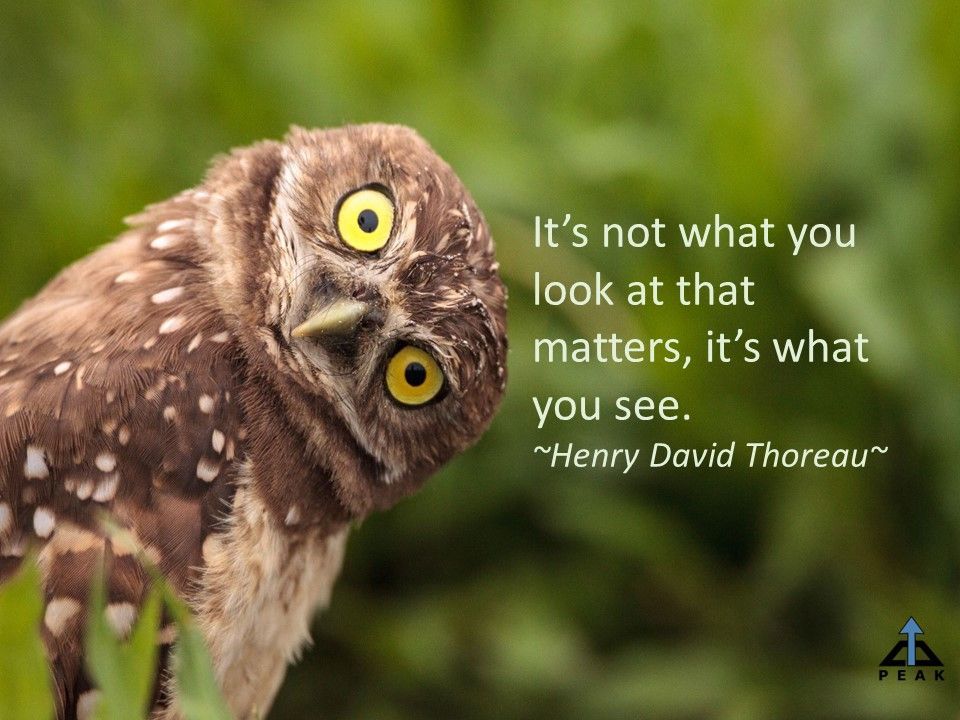
I started wearing eyeglasses at an early age. During a routine check, the doctor informed my parents I was having vision issues and referred me to an eye doctor. I remember his parting words, “Remember trees have leaves”. I didn’t understand what he meant until I stepped outside with my new eyeglasses and realized the trees had individual leaves. Things far away no longer looked like an impressionist painting but instead were sharp and clear. Because my vision changed slowly, I didn’t know I couldn’t see clearly. My new corrective lens helped reshape my world by enabling me to always see things as they really are instead of blurry and unclear.
You know, to solve a problem, you must first see there is a problem. That is usually easy when we first start in a new role or company. We can see things that could be improved to make systems better, but over time we can lose that sense of clear sharp vision and instead replace it with unclear and blurry sight. In extreme cases, we can be desensitized and not know the problem exists. We need to be able to see the reality around us, when things are going well, and when things are falling apart. We need clarity and focus to know if things could be better. Unfortunately, there are no glasses to help correct vision issues around problem-solving, the way to get better at seeing is to practice. So, let’s take a few minutes and look at some things you can do to help you see.
1. Look for the 8 wastes. I know there are several different versions of acronyms used to help teach the eight wastes. I prefer to use DOWNTIME. Let’s review the words and definitions.
a. Defects-anything that is not completed correctly the first time. This will cause the need to rework, repair, scrap, or remake it.
b. Overproduction-making more than is needed by the customer. It adds cost to store excess, increases the possibility of damage while stored, requires space to hold the inventory, and may become obsolete.
c. Waiting-pauses or stops in the flow of material and people. It creates a loss of revenue and production while increasing the lead time
d. Non-value-added processing-doing more work than required by the customer. Is 100% wasteful and should be eliminated.
e. Transportation/conveyance-moving of materials, parts, and products which add no value in the process. It can lead to an increase in other waste like defects and inventory.
f. Inventory-materials, parts, products, and finished goods that are waiting to be used or shipped. This includes raw materials, work in process (WIP), and finished goods.
g. Motion-Movement of people including walking, bending, standing, reaching, etc.
h. Employees’ untapped skills, knowledge, and abilities-Underutilization of people’s skills, knowledge, and abilities within the organization.
With the 8 wastes in hand, it is time to head out for a waste walk. A waste walk is a focused activity at the Gemba that provides time to walk and observe processes with the specific goal of looking for waste in the area. On your walk where do you see the waste? Is there one predominate waste or are they all present? Do some potential causes and solutions run through your mind as you see the waste in action? Repeating this exercise over and over will help your eyes focus on the waste and help improve your problem-solving vision. Once you are comfortable with the 8 waste it is time for the next step.
2. Gather up a small group of employees, teach them the 8 wastes, and go on a group waste walk. The purpose behind the group’s walks is twofold. First, it helps to teach others how to see the waste and second, it allows to fine-tune everyone’s vision in the group by allowing people to share what they are seeing. A few helpful hints to get the team moving quickly on their walks:
a. Position yourself at the back of the group so that they can hear you when you speak.
b. Proceed to walk the area and tell them what you are seeing and which waste category it falls into. This will begin to help people calibrate each waste and to ask questions along the way.
c. On the second walk pair them up to discuss what they are seeing as they walk and observe.
d. At the end of the walk, allow some time back in a meeting space so each team can highlight and discuss the waste. Once again this will continue to help everyone see more clearly.
e. On the third walk, have the team members take their notes and share the waste with potential solutions at the end of the walk.
A few questions to ask yourself about the report from the team members:
Is everyone seeing the same things you are?
Are any of the problems new to you?
Were there any problems the team members missed that you need to show them?
Over time these walks will become invaluable to the organization when deployed consistently. They will help drive a culture of continuous improvement and problem identification.
3. First impressions are powerful! Make sure to take new employees on a waste walk so they gain a clear picture of waste, which will put them on the right path to begin their journey as problem solvers. Once again, the first step is to teach them the 8 wastes, however, for the second step, I like to use the observation box. The process for an observation box is:
a. Go to an area in the Gemba and draw a box on the floor using chalk. If you are not able to mark the floor (like carpet) then just show the person where to stand. The area for the box should be a safe location, where the person won’t interfere with the flow of work but allows them to see the day-to-day activities. They should not talk with people while in the box since they may interfere with the flow, or they may miss a waste.
b. The person should plan to be in the box for an hour or so.
c. While in the box they should make notes on all the different waste they see. It will be helpful to provide them with a clipboard and handout reminding them of the 8 waste and space for them to take notes.
d. Once they complete the observation it is time to debrief their findings.
What did they see?
What questions did they have about what they saw?
What are their ideas on how things could be improved?
Do you need to go back to the area to review items they saw or didn’t see?
This activity will help reinforce the 8-waste training and develop a keener sense of sight for you and the new employee. It is also a great example of reducing the last waste, employees that are not fully utilized. By asking them to engage in the Gemba, you are tapping into their skills and knowledge to benefit the organization and themselves, a true Win-Win.
You can use this approach to go to the next level by asking any visitors if they saw any waste or problems while they were touring. If the visitor answers yes, follow up with their thoughts or ideas on how to resolve the problem. This is a great way of getting new perspectives and insights into issues through fresh eyes and demonstrates to everyone that the organization is dedicated to a continuous improvement culture.
4. Guided assessment is another tool that helps to develop one’s sense of problem-solving sight. There can be many variations to assessments from the number of questions to the formality of the report out, to the number of resources required to complete it. In my experience, guided assessment has several strengths when used correctly. Usually, an assessment leads you through a series of questions that help to fine-tune your vision by asking you to look for very specific items and waste. For example, with defects, the assessment will typically ask for a quantified value on defects using percentages or dollar values. It will also ask for a breakdown of defects by area, product, or reason/type of defect. Another strength of assessment is it requires more than one person to complete it. This will help to develop more individuals’ eyes that are trained and laser-focused on problems. Lastly, assessments contain reports and feedback given to the management team on the findings. This report will help to solidify and document areas that need help and provide a great starting point for focused improvement activities like kaizens. If the assessment is led by people outside of your organization or facility, then they will also bring a fresh perspective and reality check to it.
There can be negatives with an assessment that mainly revolves around the amount of time and resources that are required to complete it. These are both topics that should be addressed with consensus on the assessment plan before it is started. The other major issue with an assessment is a lack of follow-up. Once again before it starts the management team will need to provide a commitment to support not only the exercise of the assessment but also to prioritize and fix the issues highlighted by it. The lack of follow-thru will be seen by all involved and will be a frustration for the employees that continue to work on the problematic processes with known and documented issues but no improvement.
Everyone sees things a little differently and that is part of what makes teams so powerful. Over time you can grow your organization and help change the culture to one that sees, embraces, and solves problems. To achieve that level of cultural buy-in, everyone must be able to see the reality at hand. This begins by teaching everyone about waste and then through repetition reinforces their findings and strengthens their sight. Like Henry David Thoreau’s quote, “It’s not what you look at that matters, it’s what you see.” What do you see when you look at a process? Are you ready to put on your problem-solving lenses to see what the world looks like when viewed with a clear and sharp sight of waste and problems? Which of these techniques will you use to help strengthen your vision? Post your thoughts in the comments and if you have questions about assessments, reach out to me on linked in.
Peaks and Valleys.....
